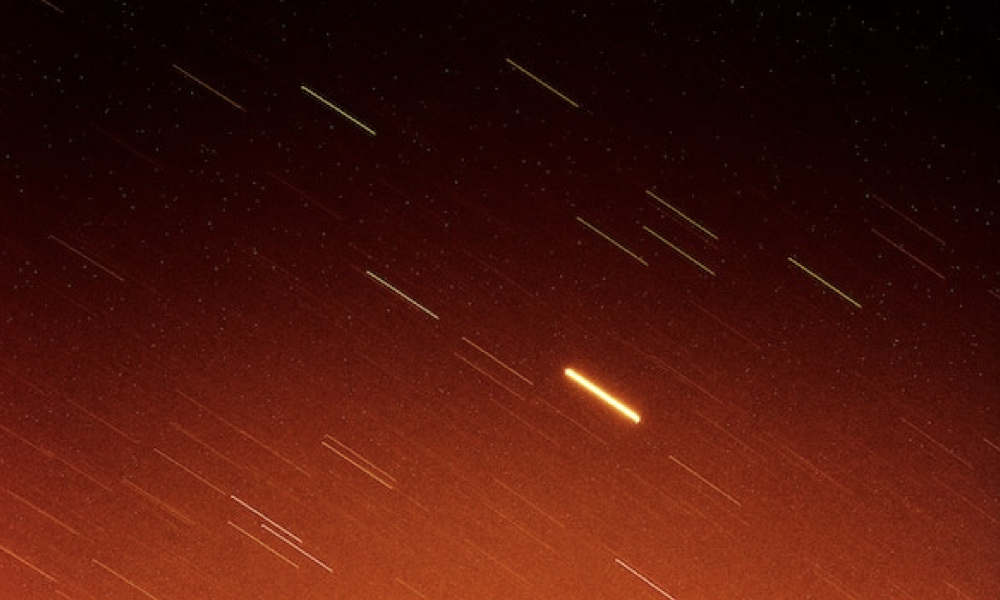
ESA Open Invitation to Tender AO10012
Open Date: 19/09/2019
Closing Date: 31/10/2019 13:00:00
Status: ISSUED
Reference Nr.: 19.197.07
Prog. Ref.: Discovery
Budget Ref.: E/0600-06 – Discovery
Special Prov.: BE+DK+FR+DE+IT+NL+ES+SE+CH+GB+IE+AT+NO+FI+PT+GR+LU+CZ+RO+PL+EE+HU+CA+SI
Tender Type: C
Price Range: 100-200 KEURO
Products: Satellites & Probes / Payloads / Instruments / RF and microwave Instruments / Imaging Radars / Satellites & Probes / Payloads / Instruments / Optical Instruments / Optical Telescopes
Technology Domains: Others
Establishment: ESTEC
Directorate: Directorate of Tech, Eng. & Quality
Department: Systems Department
Division: Adv. Concepts & Studies Office
Contract Officer: Radojevic, Veijko
Industrial Policy Measure: N/A – Not apply
Last Update Date: 19/09/2019
Update Reason: Tender issue
Human-made orbital objects of 1mm – 1cm size constitute the largest risk to running missions. This is due to their high number (estimated at 150 millions) and their size, bring above the vulnerability limit of critical spacecraft components. Smaller objects are even far more numerous, however, impacts do not have mission terminating effects. Our current knowledge on the space debris environment at object sizes between 1mm and 1cm, however, is extremely poor. The reason for this is that in-situ impact detectors do not provide the necessary cross-section to capture a particle of that size in reasonable time span. Also, ground-based radar and telescope sensors do not have the necessary sensitivity to detect them. As a consequence, in the most critical orbital region (800km, SSO), ESA’s and NASA’s debris risk assessment models deviated by almost a factor of 100 for these mm-sized objects. Measurements to provide afull characterisation of the mm-object environment are urgently required. A very promising technical option is a mm-wavelength (phased array) orbit radar, since it provides ranging information that resolved ambiguities that passive optical measurements leave behind. When co-hosted on a sun-synchronous platform and designed for the ranging to mm-objects with a short transit times, passing in afew hundred meter range, first assessments have shown that a very reasonable sample of detections can be achieved. Range, range-rate and radar cross-section measurements will allow to characterise the detected objects in a way that the gap in current risk models can be closed. This study shall analyse the feasibility of a mm-wavelength radar instrument that could be added to a platform on a sun-synchronous orbit as a hosted payload with modest power requirements. Trade-offs between continuous wave and pulsed options, as well as optimised viewing direction and beam-pattern shall be identified leading to a first design and ROM cost assessment.
If you wish to access the documents related to the Invitation to Tender, you have to log in to the ESA Portal.
